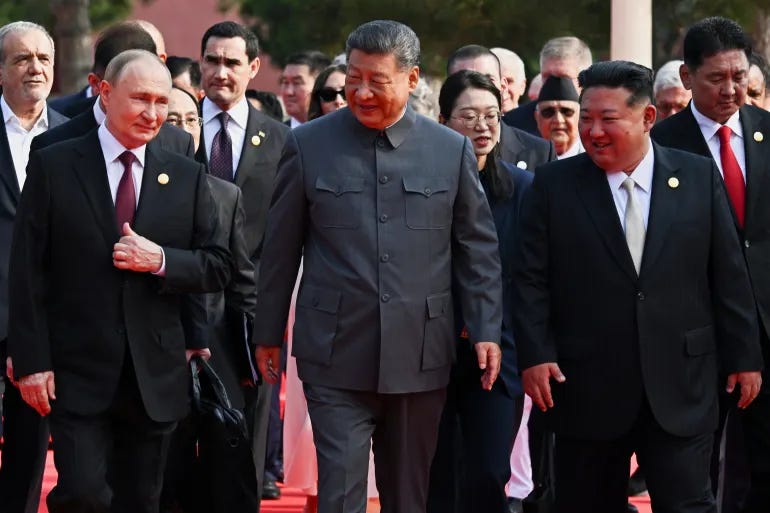Xi Sync
China’s authoritarian boy band showcased the challenges Trump has yet to master.
Cosmopolitans: I hope you a had a great summer and are ready to tackle together what promises to be a global news-filled fall.
I’m back in Washington after spending the past ten months in New York as the Edward R. Murrow Press Fellow at the Council on Foreign Relations. It was humbling to be part of a 75-year tradition, following in the footsteps of some…
Keep reading with a 7-day free trial
Subscribe to Cosmopolitics by Elise Labott to keep reading this post and get 7 days of free access to the full post archives.



